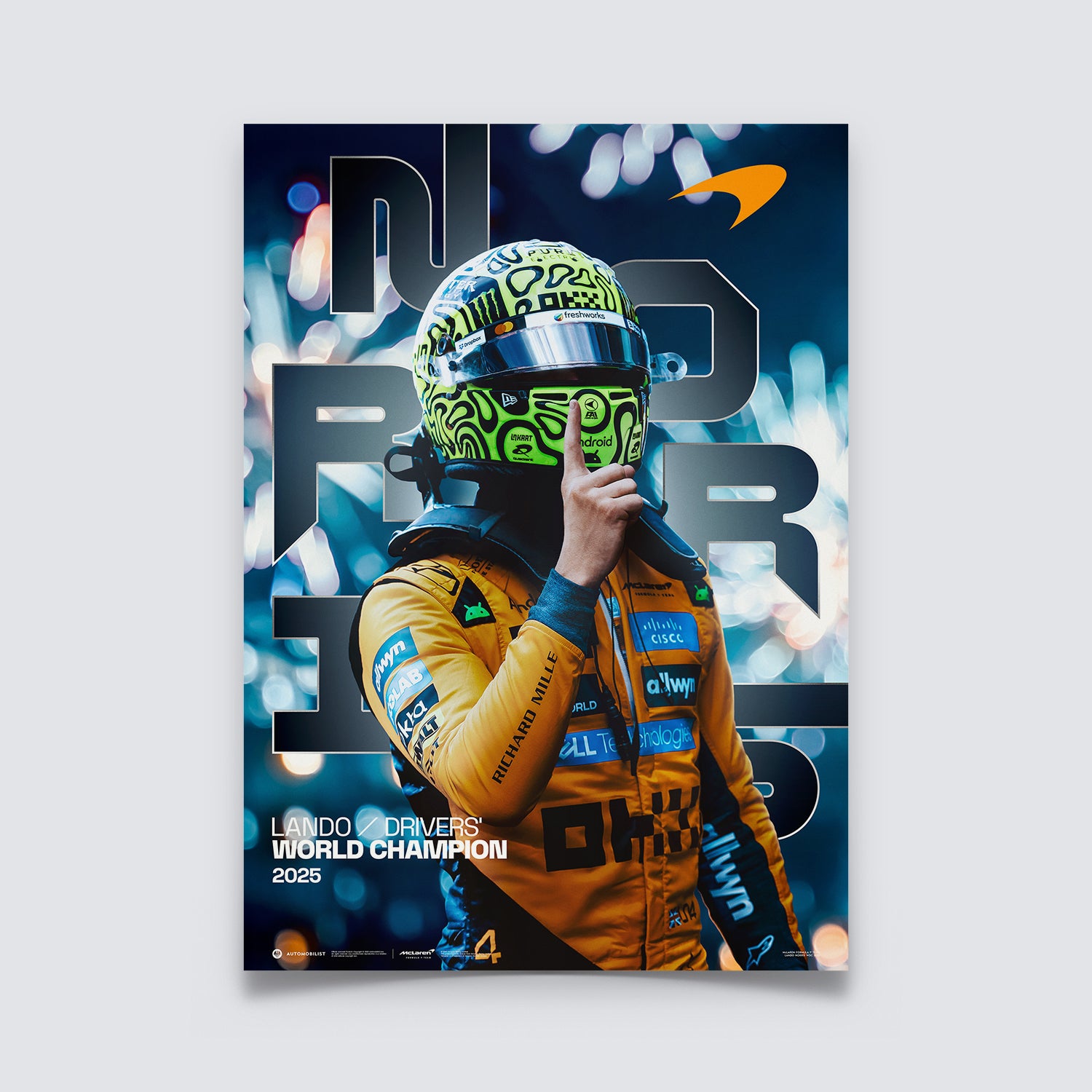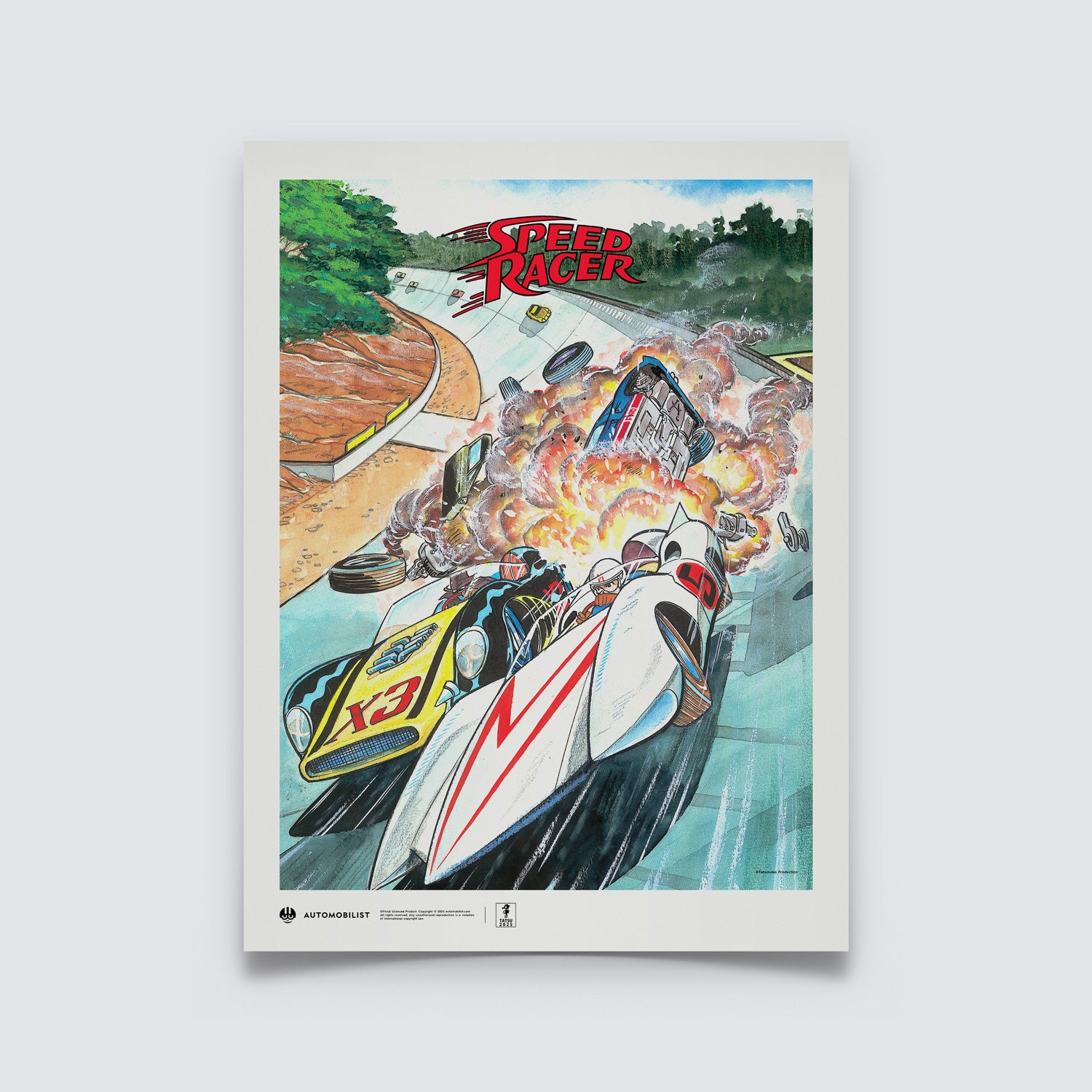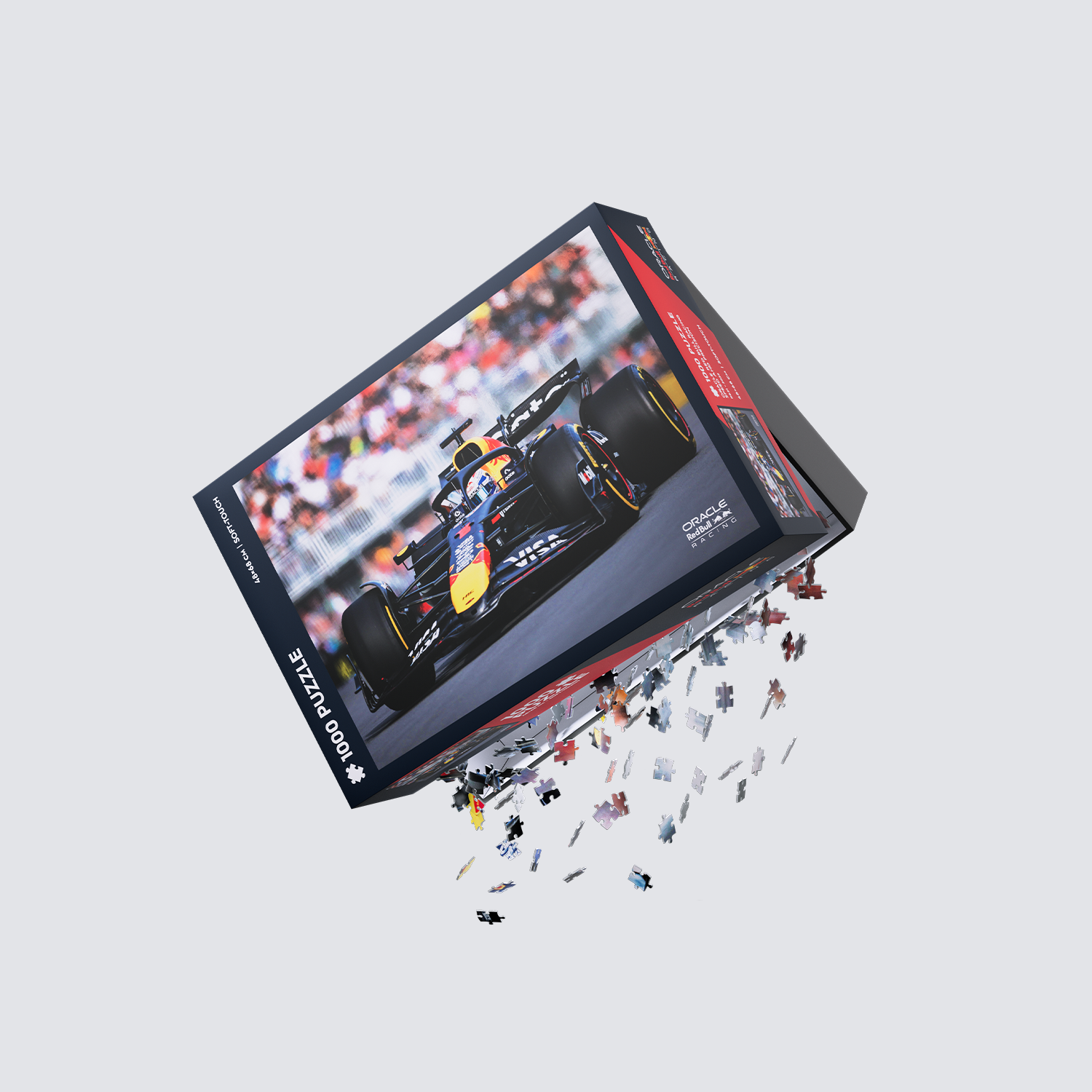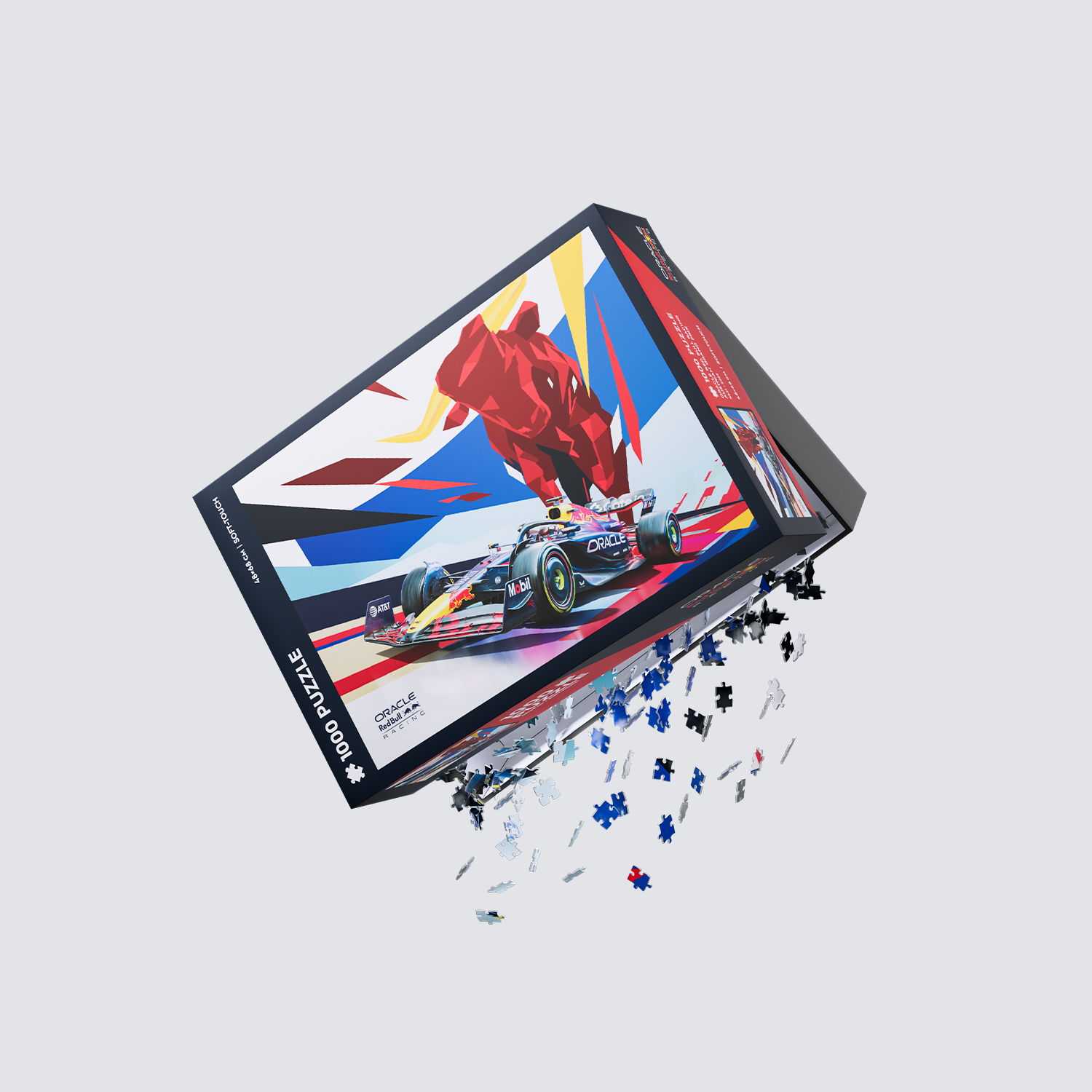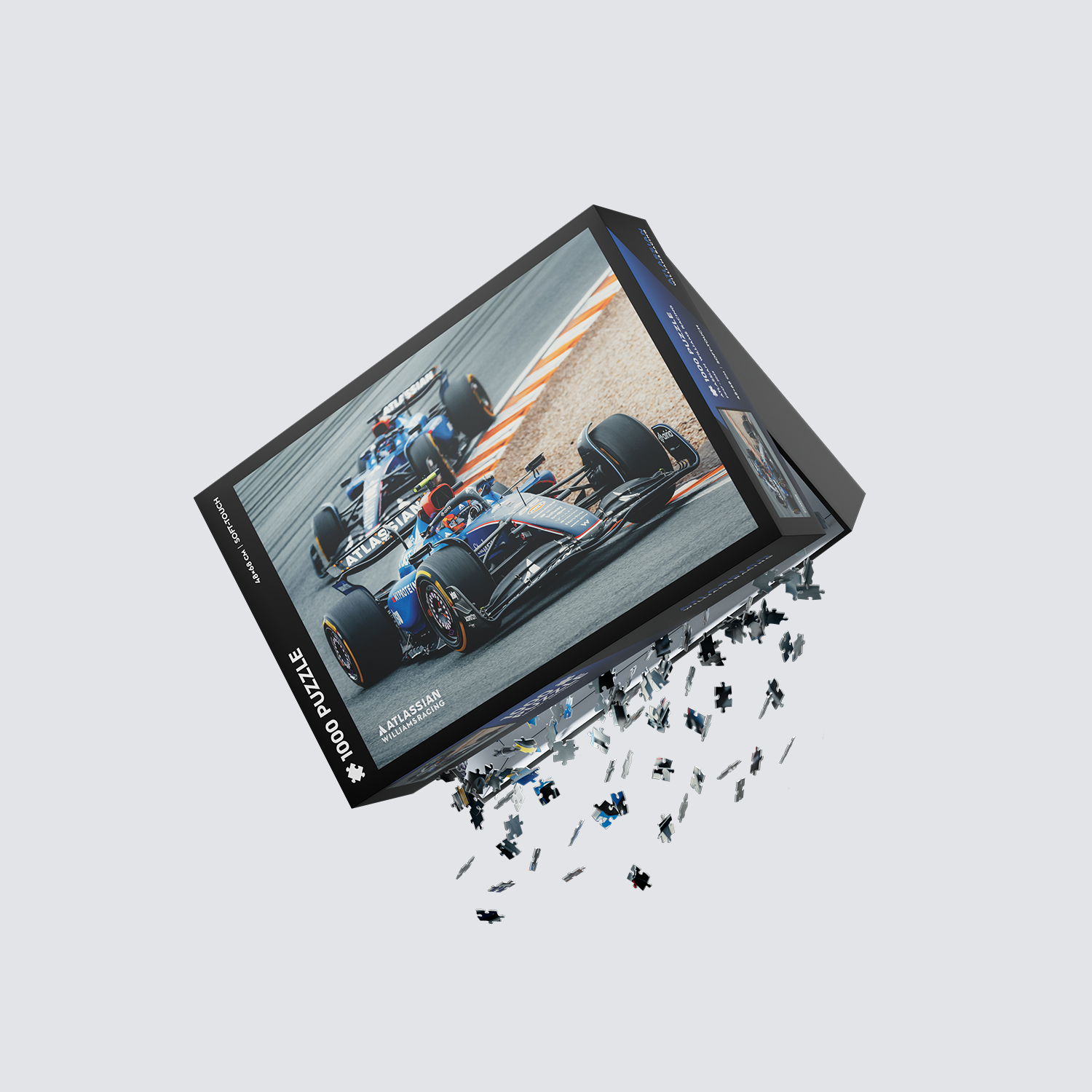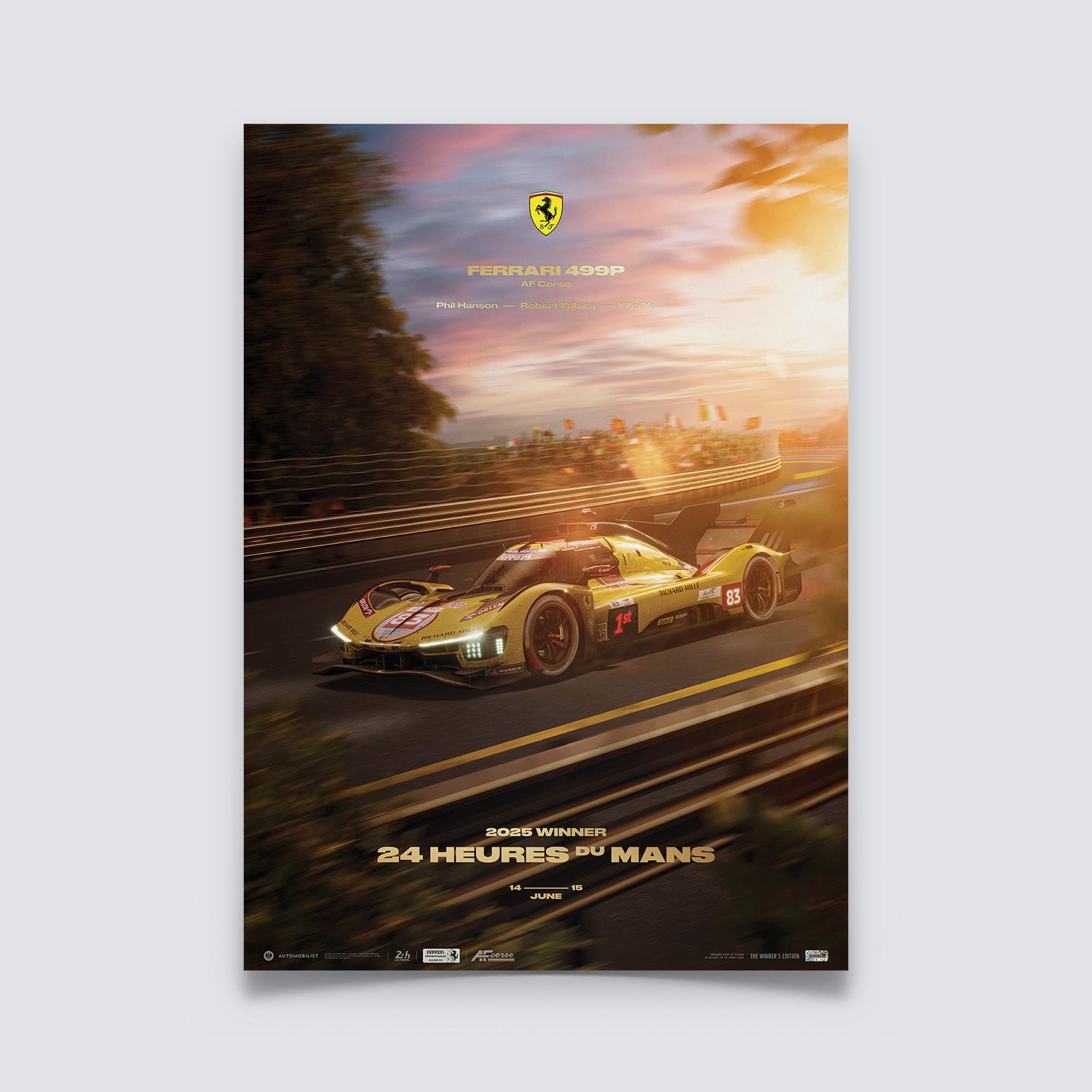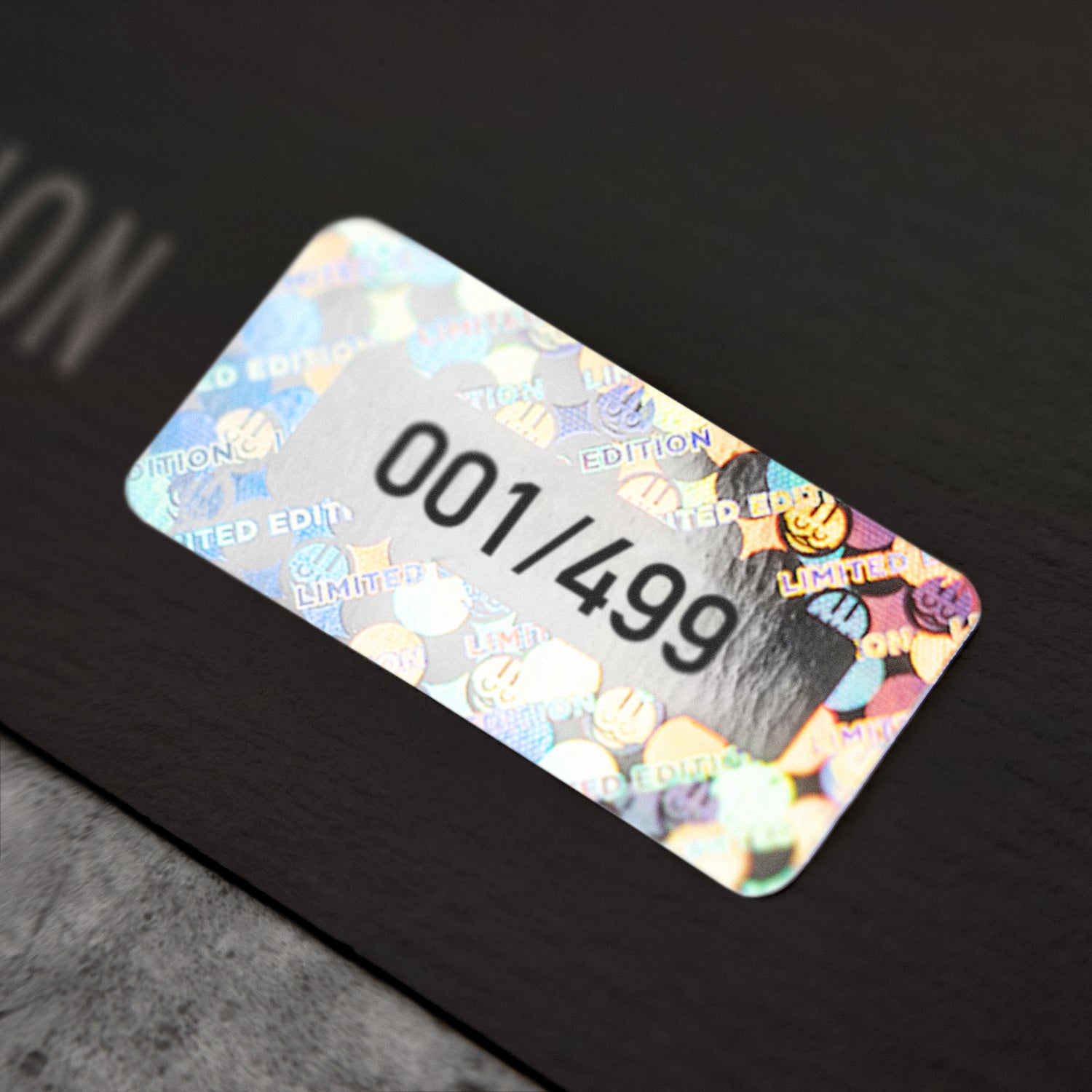Take a long, dry midsummer day and short balmy night in central France, add a tortuous eight-kilometre track, sprinkle the sinuous black ribbon with 62 hard-charging race cars piloted by 200 ardent professional drivers, then mix in 250 000 passionate fans intent on taking in non-stop action, and the result is the 24h Le Man, the world’s oldest surviving endurance classic - 99 years old this year, and going stronger than ever.
The headlines shout that Toyota won for the fifth consecutive time - taking yet another one-two in the process – which makes this feat look ultra-easy, but that is to ignore the painstaking preparation that went into cars, teamwork, the strategies and tactics, and above all, the human factor that made this latest victory possible only after racing around the clock. Then make that five wins in as many years…
Critics suggest that beating oneself is easy, but to finish first you first need to finish; Toyota aced that in recent years after many disappointments in the past. That may well be the reason so few have challenged Toyota in recent years, with Glickenhaus and Alpine being the Japanese manufacturer’s sole challenger in the top hypercar class this past weekend.
Last-named suffered a torrid time on home soil almost from the ‘off’, eventually finishing well down, but the American boutique brand followed the Toyotas home to fill the next two slots, gaining valuable experience for its next foray in the FIA World Endurance Championship in the process.
 24h Le Mans: Hypercar Podium at the Circuit de la Sarthe, France 2022. Image courtesy Motorsport images
24h Le Mans: Hypercar Podium at the Circuit de la Sarthe, France 2022. Image courtesy Motorsport images
Funded by movie producer and automotive entrepreneur James Glickenhaus, his two eponymous cars finished five and ten laps adrift - the latter in recovery mode after spinning off in darkness and incurring damaged suspension - of the red/white GR010s, yet drew high praise from Toyota Motorsport’s Technical Director, Pascal Vasselon.
“Glickenhaus was a little behind at night, but their times were exactly on our pace,” the Frenchman said. “There were three cars [lapping] at 3m27.7s [on a clear track], so on pure potential they were on the same level.”
Still, to clean sweep the race the Toyotas faced an internecine war as any dawdling left the back door open, so it was gloves off for both pairings. The record shows that Sébastien Buemi, Brendon Hartley and Ryo Hirakawa in the #8 car claimed line honours but their opposite numbers in #7 - Mike Conway, Kamui Kobayashi and José María López - equally deserved to win but for an inconvenient software glitch.
 24h of Le Mans winner #8 Toyota Gazoo - Hybrid Hypercar of Sebastien Buemi, Ryo Hirakawa and Brendon Hartley. Image courtesy Motorsport Images
24h of Le Mans winner #8 Toyota Gazoo - Hybrid Hypercar of Sebastien Buemi, Ryo Hirakawa and Brendon Hartley. Image courtesy Motorsport Images
This demanded an unscheduled reset of its hybrid system, but before this gremlin stuck at the two-third point there had seldom been more than a handful of seconds between them. On such nuances are the difference between elation and tears decided despite a valiant fight that brought the second car back into contention by the finish. The winning margin after 24 gruelling hours? Two minutes, or a handful of seconds per hour run.
Behind the quartet of hypercars came a plethora of LMP2s, 22 of them, in fact, of which 18 finished ahead of the struggling Alpine. The Team Jota Oreca of Antonio Felix da Costa, Roberto Gonzalez and sometime F1 racer Will Stevens led the secondary class home after snatching the lead early on and maintaining its advantage to the flag. Again, the winning margin was around two minutes – a little over half a lap.
Effectively WEC’s Formula 2 and based around homologated, price-controlled chassis and strictly controlled V8 power units, this class is aimed at independents and is thus where the true Le Mans spirit prevails.
“Le Mans is such a great race because you can never do anything alone. You have to work as a team member, and being a team member makes you a better person,” is how record-setting nine-time winner Tom Kristensen describes that ethos.
 24h of Le Mans: Porsche GT Team Porsche 911 at the Circuit de la Sarthe, France 2022. Image courtesy Motorsport images
24h of Le Mans: Porsche GT Team Porsche 911 at the Circuit de la Sarthe, France 2022. Image courtesy Motorsport images
The duel for the last Le Mans GTE Pro class victory - the centenary race brings with it sweeping changes across all categories - variously see-sawed between eventual winner Porsche, pre-race favourite Chevrolet with its rumbling Corvettes and Ferrari, with veterans Gianmaria Bruni, Richard Lietz and Frederic Makowiecki coming up trumps from Ferrari-mounted James Calado, Alessandro Pier Guidi and Daniel Serra.
Bringing up the rear were amateur racers in the GTE Am category, which makes up the bulk of the entry list. Honours went to the Aston Martin of perennial tryer Ben Keating, a car dealer from Texas, partnered by Henrique Chaves and Marco Sorensen from the first of a raft of Porsches.
The 90th running of the Le Mans 24 Hour - a strike in 1936 plus a forced hiatus from 1940-48 intervened on nine occasions - may not go down as a classic tussle for victory, but it enters the record books as a fitting prelude to the century race, which brings with it the return of various hallowed names at the sharp end, including Ferrari and Peugeot. Toyota may well find itself fully stretched.


